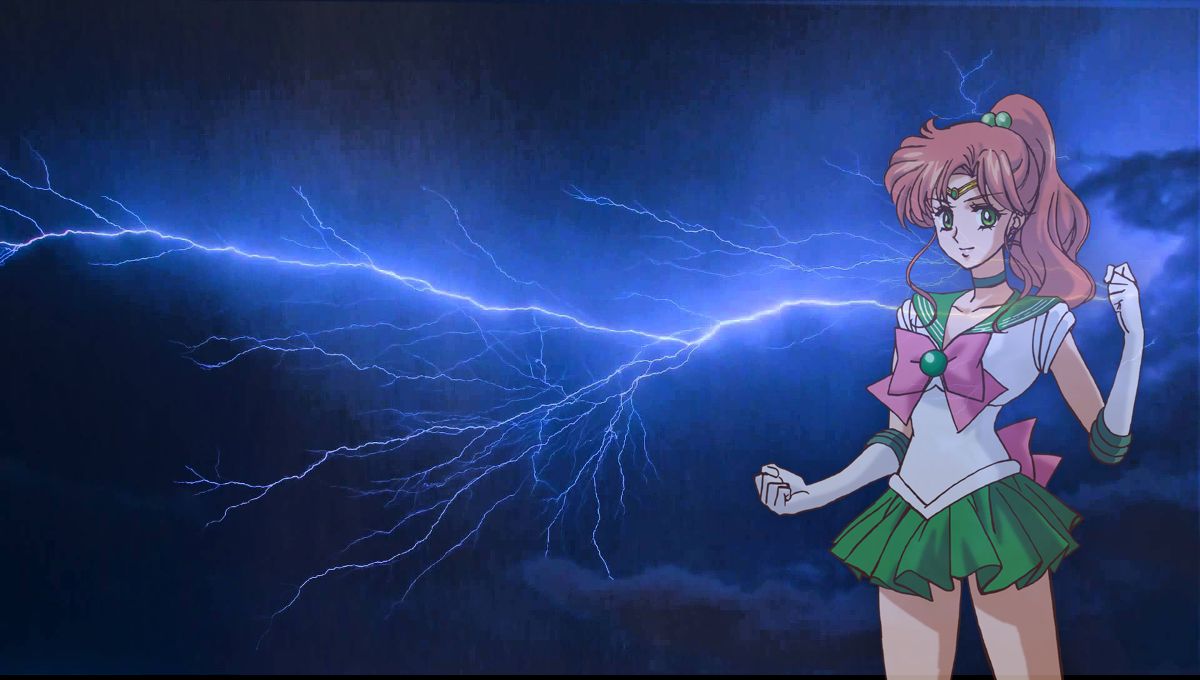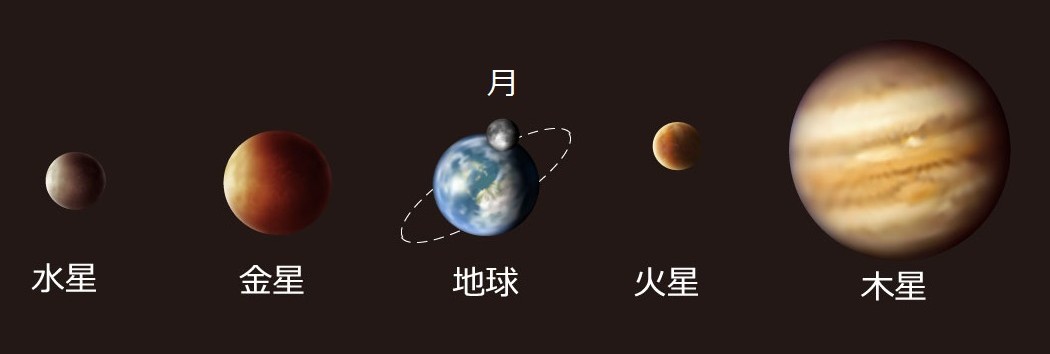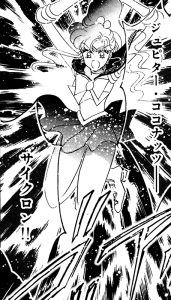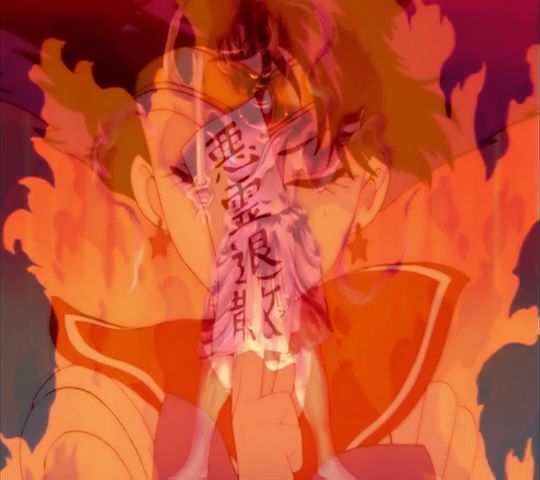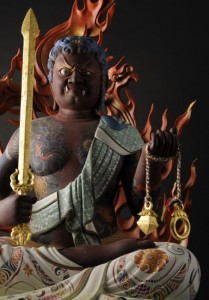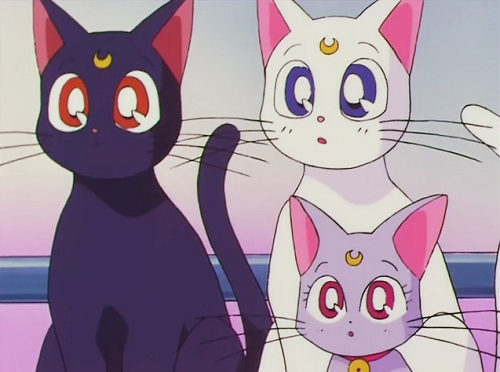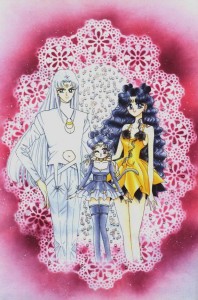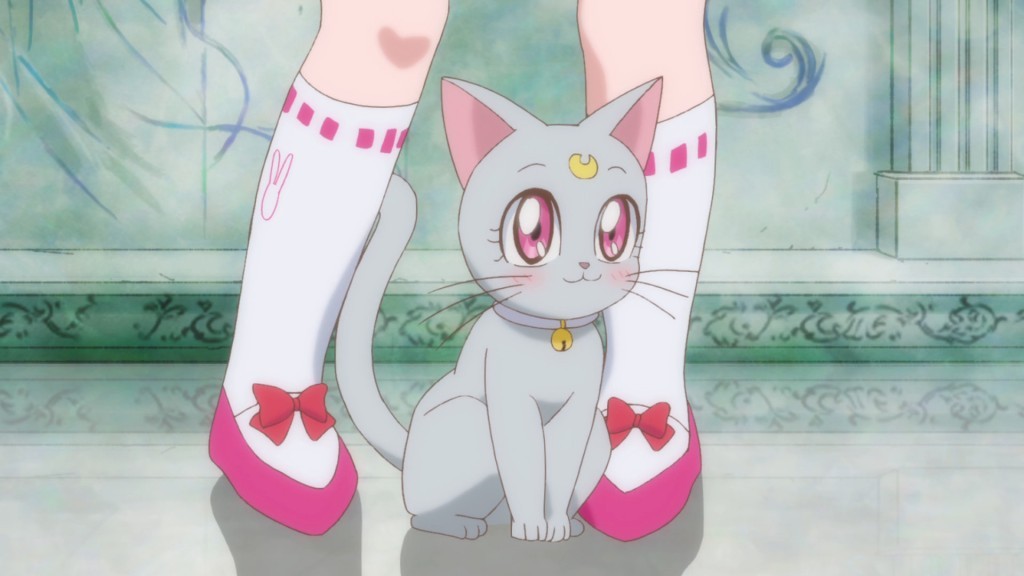Despite being one of the five (six, if you count Mamoru / Tuxedo Mask) main original cast members, and the fourth Sailor Soldier to join the team, there’s a lot about Makoto’s back story that’s left untold. Not only does her background suggest that she was very possibly a member of a gang, but we were often left hanging wondering if we would ever find out about her mysterious ex-boyfriend/sempai or if she’d ever find a new love interest to get her mind off of him. But what we’re here to talk about to day is another one of those mysteries that has stymied Sailor Moon fans for decades: just why is it that Sailor Jupiter – the Sailor Soldier of thunder/lightning – also have wood/plant elemental attacks?
Well… actually, no. It turns out that this is yet another case of needing to re-frame the question to help us understand what the real issue is and to arrive at the right answer. As we’ve previously discussed, each of the Sailor Soldiers’ names from from the Japanese name for the planet their affiliated with, which also neatly gives them an elemental association. In the case of Ami Mizuno, for example, the Mizu in her name comes from the kanji for water (水; mizu, sui)1 which is incidentally also the kanji used to represent the planet Mercury (水星; suisei)2 in Japanese.
So what about Makoto then? Well, her last name Kino is made up of the kanji for trees (木; ki, moku)3 which ties back into the kanji used to represent the planet Jupiter (木星; mokusei).4 What this tells us is that it’s likely that Makoto’s primary element is actually supposed to be wood/plants and in fact the lightning attack is actually the abnormality. But before we can say that for a fact, we need to consider why this would be.
Why give Sailor Jupiter a lightning attack at all, you ask? Well, quite simply, one of the most memorable features of the planet Jupiter is its turbulent weather system, leading to violent thunderstorms as large as 1,000km across.5 Zeus and Jupiter, of Greco-Roman mythologies, were also known for throwing lightning bolts.6 When choosing an attack for the Sailor Soldier of the planet Jupiter, it’s hard to argue that her Supreme Thunder didn’t fit the role nicely.
However, as the series progressed, you can see that Ms. Takeuchi actually stuck with using purely wood/plant-based attacks going forward, with the single exception of Jupiter Thunderbolt.7 From thereon, we had (together with its first appearance):
- Flower Hurricane (Act 5)
- Sparkling Wide Pressure (Act 16)
- Jupiter Coconut Cyclone (Act 27)
- Jupiter Oak Evolution (Act 42)
The anime, however, seemed to prefer the electricity theme and continue to go with it whenever new attacks were created, though they sometimes implemented the manga attacks as well, which is what leads to some of the confusion.
So there you have it! As it turns out, Sailor Jupiter’s proper element should actually be over plants and nature, though due to a little creative thinking on Ms. Takeuchi’s part when it came to making her first attack, there’s been some long-term confusion as to which she really should have command over. Minako also has a similar issue with regard to metal and love, though that is another discussion for another time.
What about you? Do you prefer Sailor Jupiter as the Sailor Soldier of thunder and lightning, or do you see her more as backed by the power of plants and nature? I’d love to hear your thoughts!
